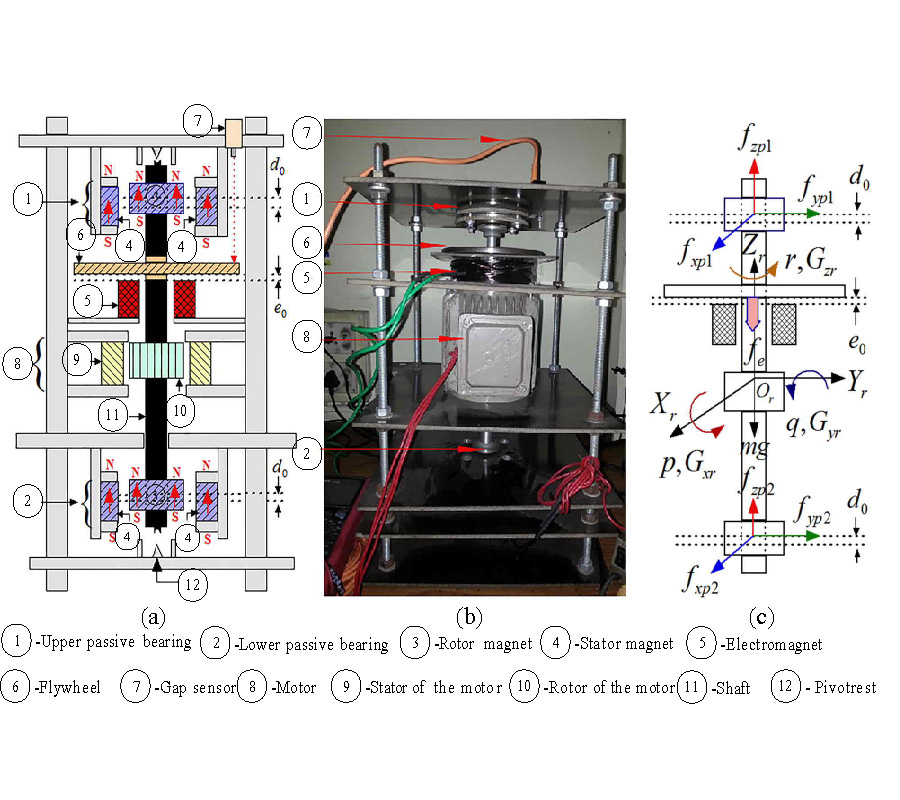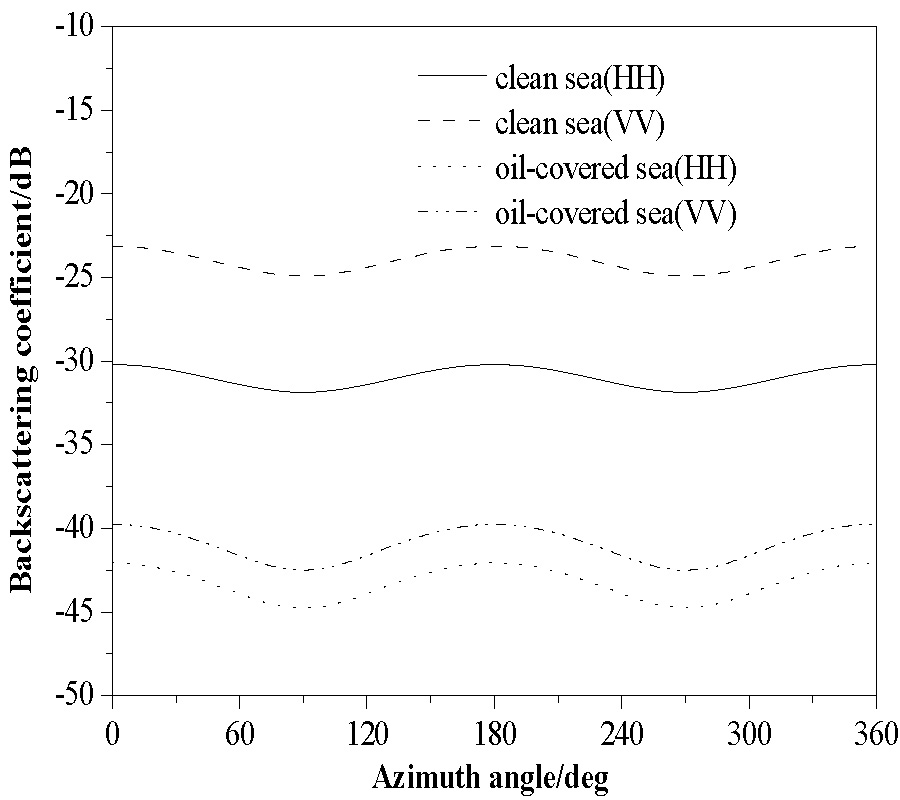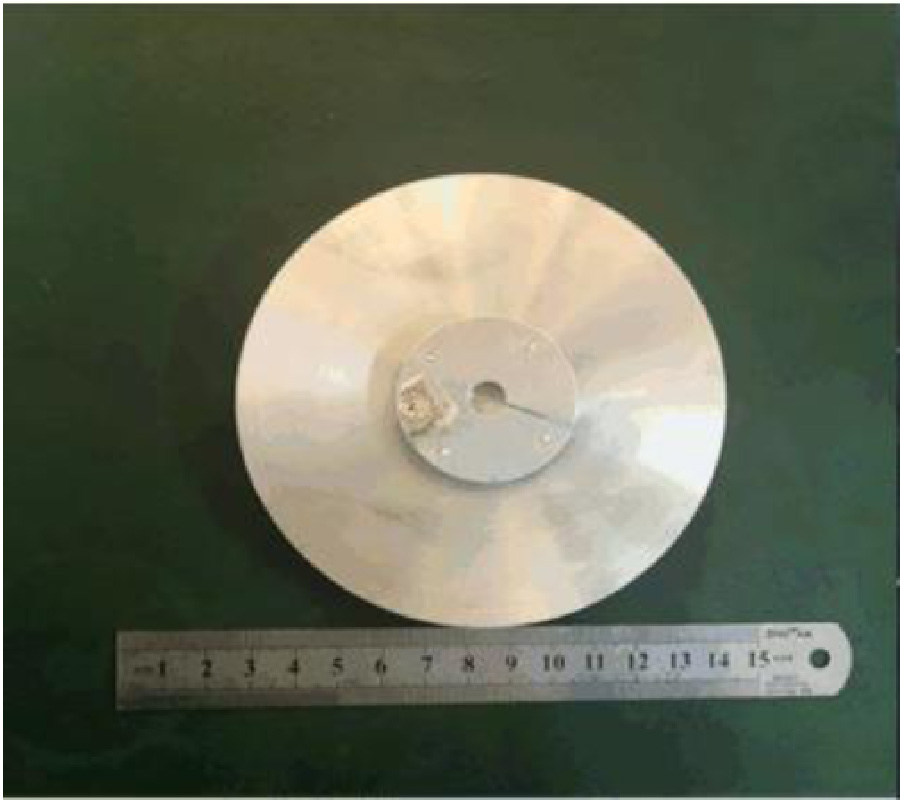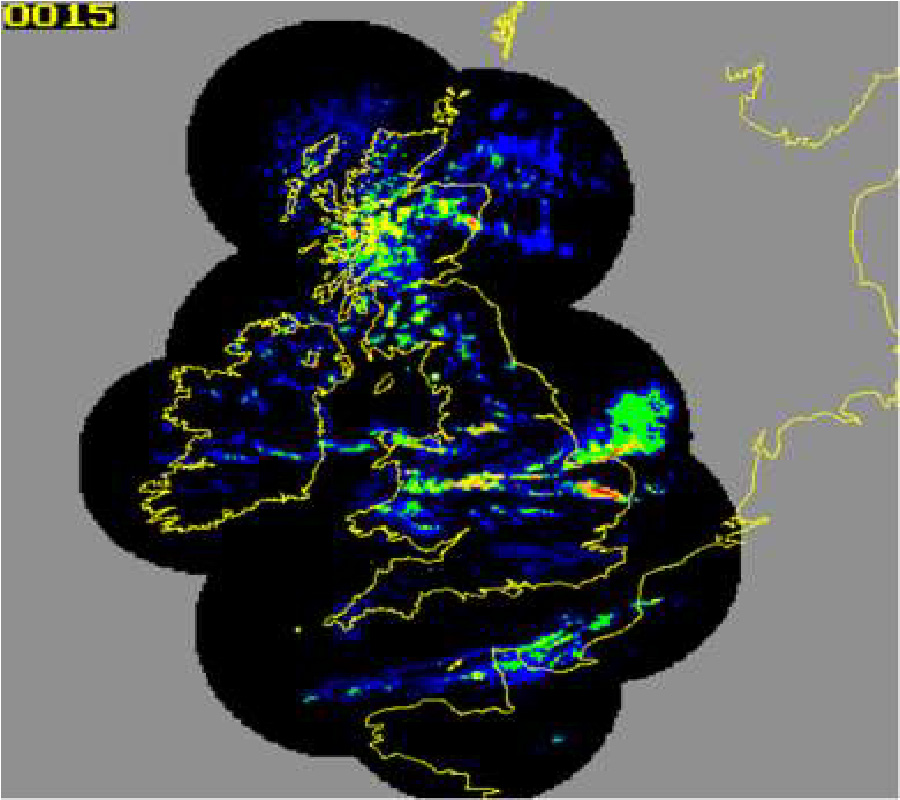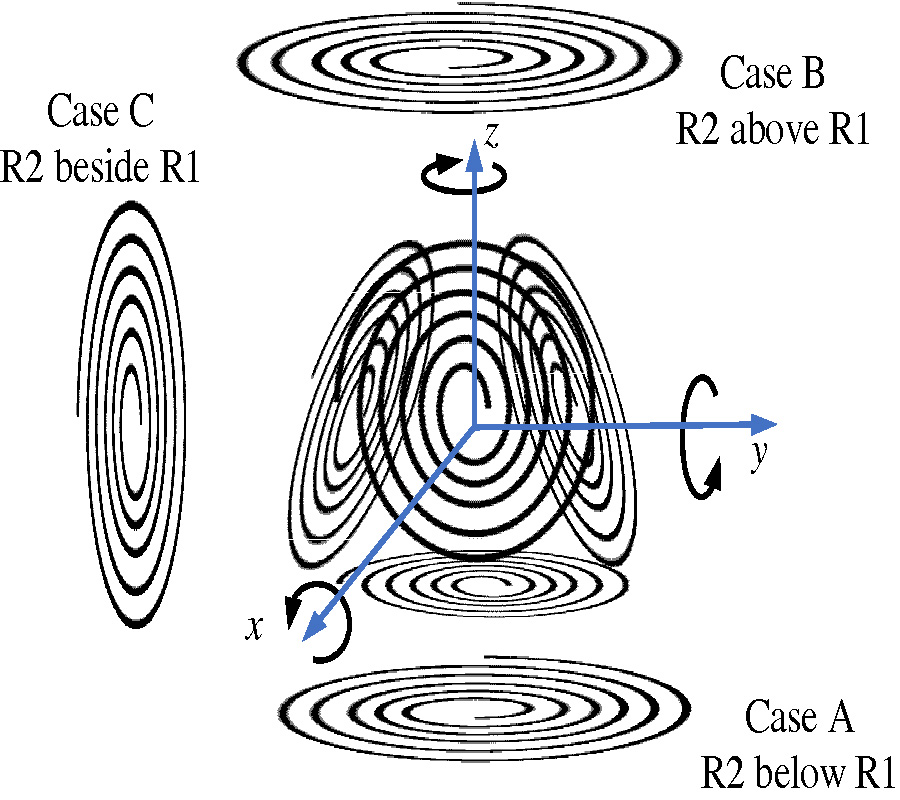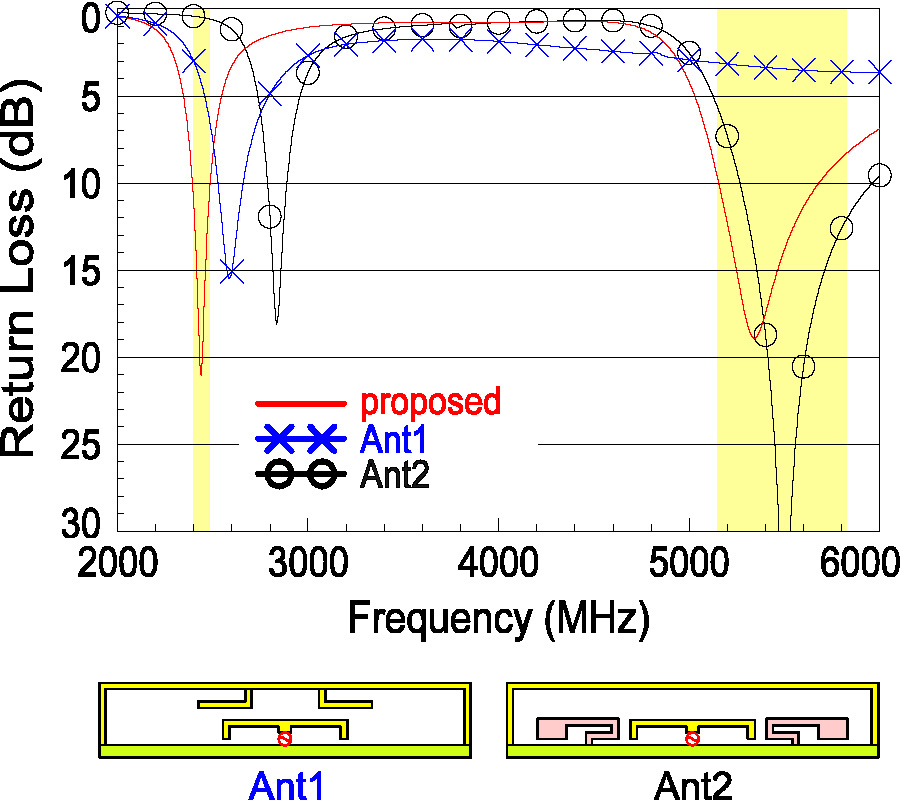Rainfall Rate Field Space-Time Interpolation Technique for North West Europe
Guangguang Yang
,
David Ndzi
,
Kevin Paulson
,
Misha Filip
and
Abdul-Hadi Al-Hassani
The ability to predict rain characteristics at small space-time scales is important, particularly in the planning, design, and deployment of wireless networks operating at frequencies above 10 GHz. For wide area networks, high space and time resolution rainfall data are often not available, and the cost of such measurements is prohibitive. This paper thus presents a new approach to address this problem using rain radar measurements to obtain rain estimates at finer resolutions than that available from the original measured data. This paper proposes three innovative methodologies: 1) the approach is not directly applied to measured rainfall rate data but focuses on the parameters of fitted lognormal distribution parameters and/or computed rain characteristics for each location; 2) to facilitate the application in wireless communication networks operating above 10 GHz, a set of databases and contour maps of rain parameters spanning North West Europe have been created. These conveniently and efficiently provide rain parameters for any location within the area under study; and 3) the proposed 3D space-time interpolation approach can extrapolate rain parameters at space-time resolutions that are shorter than those found in NIMROD radar databases. The results show that the approach presented in this paper can be used to provide {1 km, 5 mins} space-time rain rate resolution from {5 km, 15 mins} data for the whole North West Europe with error percentages of less than 4%. This is far superior to estimates provided by the International Telecommunication Union recommended model.
